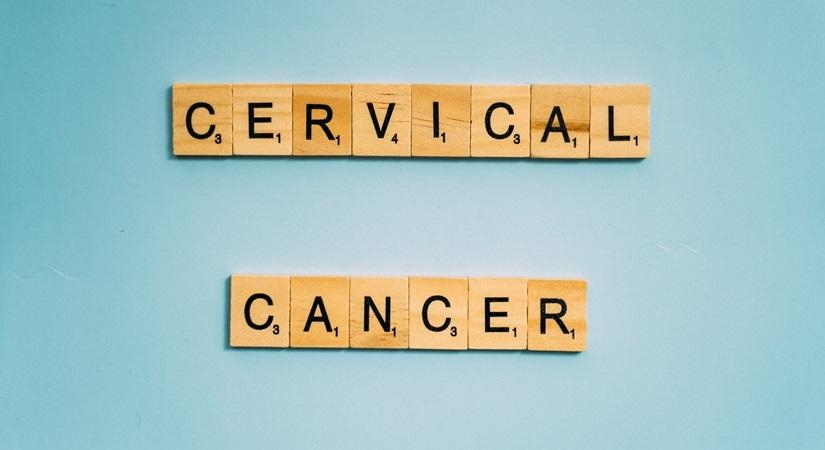The most effective prevention strategy for cervical cancer is the systematic screening of women along with treatment and HPV vaccination…reports Asian Lite News
Cervical cancer is the second most common cancer of women in India, despite being largely preventable. India accounts for the highest number of cervical cancer cases as every year approximately 1.25 lakh women are diagnosed with cervical cancer, and over 75 thousand die from the disease in India. A large majority of cervical cancer (more than 95 percent) is due to the human papillomavirus (HPV).
The human papillomavirus is the most common sexually transmitted infection (STI). HPV can be transmitted through skin-to-skin sexual contact so the transmission does not require sexual intercourse.
Most sexually-active women contract the infection at some point in their lives with or without symptoms. However, in 9 out of 10 people who get HPV the infection will clear on its own, making it much less likely to cause cancer.
There are more than 200 types of HPV, of which about 14 types are considered high risk for causing cancer.
HPV 16 or 18 causes 83 percent of invasive cervical cancers and it takes 15-20 years from contracting the infection to developing cancer. Four out of five cervical cancers reported in India were caused by infections from HPV types 16 and 18.
The most effective prevention strategy for cervical cancer is the systematic screening of women along with treatment and HPV vaccination.
Several screening methods, such as Pap-Smear, visual inspection with acetic acid, and HPV DNA testing are used for early detection and prevention of cervical cancer.
DNA-based testing for HPV is considered to be more effective than other commonly used screening methods. In this test, vaginal and cervical cells are tested using a polymerase chain reaction or PCR test (the same PCR test used for Covid or tuberculosis) to check for HPV DNA. If positive, then further evaluation for cervical cancer needs to be done, but if negative, the chance of cervical cancer is almost zero and more importantly, the chance of having clinical cervical cancer in the next five years becomes quite negligible.

While there are vaccines today that can greatly reduce the risk of HPV, they cannot neutralize the virus in people already infected.
Vaccination Doesn’t Replace Cancer Screening – Even if you get the HPV vaccine, you need to get screened for cervical cancer.
All women between 21-65 years should get regular pap smears done every 3 years. If a woman is screened with HPV DNA, the screening interval can be increased to 5 years.
ALSO READ-Glaucoma in kids

